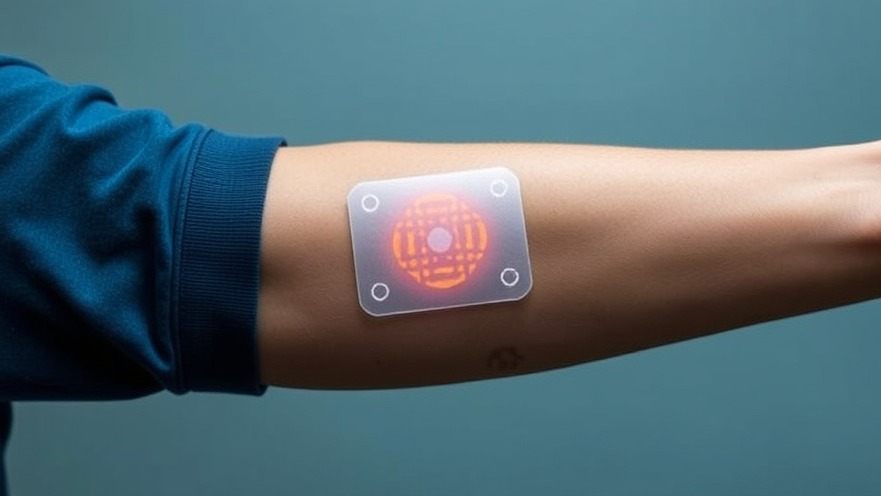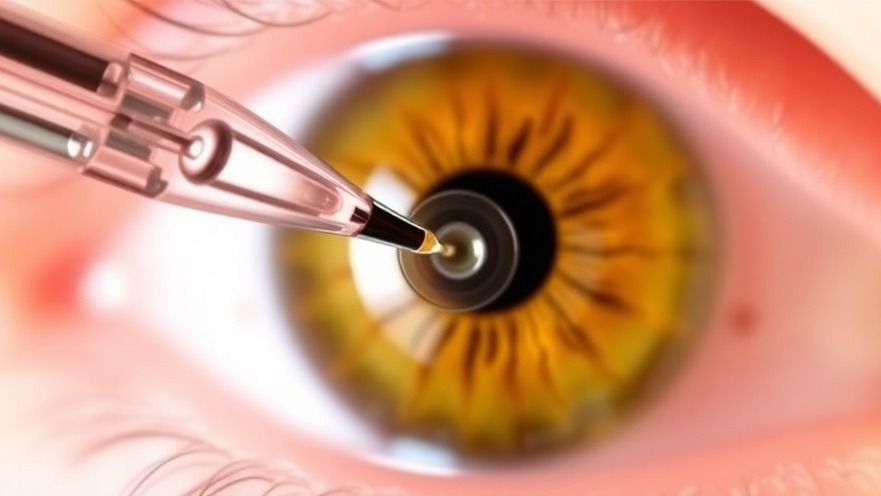
Revolutionizing Patient Care with Innovative Technology
A recent breakthrough from researchers at Penn State presents a remarkable advancement in health monitoring technology: a skin-like sensor that can track both body movement and internal electrical signals. This cutting-edge sensor shows great promise in enhancing patient care by providing real-time data that could assist in surgical recovery, monitor vital signs, and address bladder control issues.
Understanding the Dual-Modal Sensory Capabilities
The sensor’s design boasts a unique combination of two conductivity types: electrical and ionic. Traditional sensors primarily rely on electrical conduction, which limits their interaction with the moisture-rich environment of the human body. However, the dual-modal sensor developed by the Penn State team integrates ionic conductivity, increasing compatibility with biological environments and producing cleaner, more reliable signals for both external and internal applications.
Lead researcher Huanyu "Larry" Cheng explains, "Ionic conductivity is more compatible with the body. It allows the sensor to stick better, especially inside the body, and gives us higher quality signals." This ensures that the sensor can accurately monitor subtle physiological changes, ranging from significant movements to the minutiae of muscle vibrations, enhancing its utility in medical settings.
Making Healthcare More Responsive
What sets this technology apart is its capacity for adaptability. The sensor, made from soft, stretchable materials that emulate human skin, can be worn externally or implanted internally. This flexibility plays a pivotal role in long-term monitoring of patients post-surgery or those with health issues requiring continuous observation.
For instance, in bladder function monitoring, initial tests in rodent models revealed that the sensor could measure bladder stretching and the electrical activity of adjacent muscles effectively. Cheng notes, “With this interface, we can extract information from the bladder surface and potentially provide electrical stimulation.” Such capabilities could dramatically improve the lives of patients dealing with incontinence or similar conditions.
Clinical Implications of the Skin-Like Sensor
As healthcare practitioners, the implications of such innovations on patient care cannot be understated. Not only does the sensor facilitate improved post-operative monitoring, but its dual capability also allows clinicians to address additional medical concerns proactively.
The broad range of applications extends to cardiovascular health monitoring where the sensor can track heart signals. By incorporating this technology into clinical practice, health providers can ensure more personalized treatment regimens, tailored to the unique health trajectories of their patients.
Future Predictions: The Next Wave of Healthcare Technology
We are on the precipice of remarkable changes in healthcare delivery as wearable and implantable technologies become increasingly sophisticated. This sensor stands as a testament to that evolution, embodying the future of real-time health tracking where devices work seamlessly with human physiology.
As the healthcare industry continues to embrace digital transformation, practitioners must remain attentive to the development of such technologies. Integrating these tools can lead to a more data-driven approach in patient care, improving outcomes and potentially reducing recovery times.
Staying Ahead: Implementing Advanced Technologies in Your Practice
For healthcare practitioners looking to adopt these innovations, it is crucial to stay informed about emerging technologies and their applications. This means not just understanding their functionalities but also recognizing their potential impact on patient outcomes. Learning about such advancements now prepares practitioners to implement them effectively in their practices down the line.
Engagement with continuous education and technology workshops will allow concierge health practitioners to integrate the skin-like sensor and its capabilities into their practices, ultimately leading to enhanced patient care and satisfaction.
A Call to Action: Embrace Innovative Health Technologies
In summary, the development of this skin-like sensor marks a significant step forward in medical technology. To provide your patients with the best possible care, it is essential to explore and implement innovative tools within your practice. Keep abreast of technological advancements, and consider how devices like this sensor can shape a more responsive and personalized healthcare environment for the individuals you serve.
 Add Row
Add Row  Add
Add 






Write A Comment